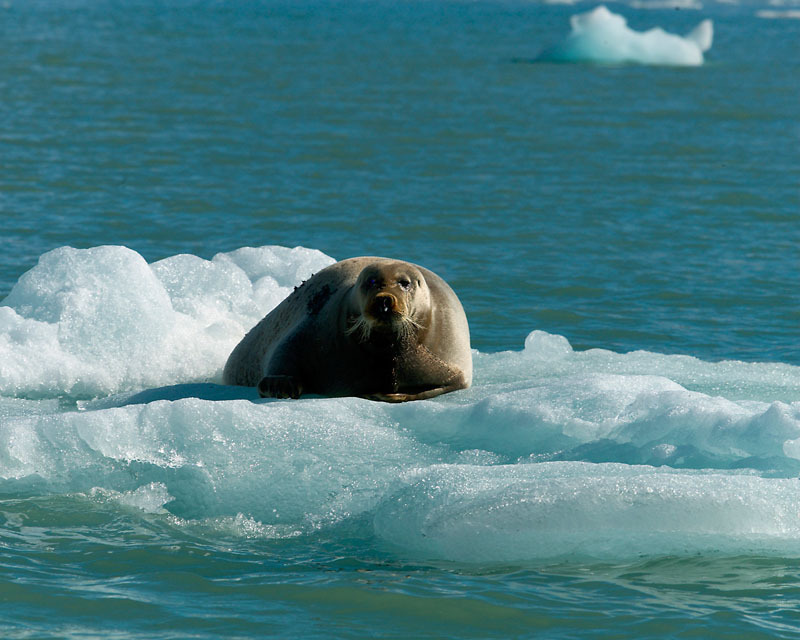
Life on ice should not lead to decisions on ice
Anybody can make choices when they have all of the information, especially if all of the information leads to one inescapable conclusion. It’s a lot harder to make choices when you only have part of the information, and must wait many years to see if the information was exactly correct. That is the position that faces policy makers now in the Arctic, as they make choices based on the disappearing sea ice.
We know the ice is shrinking – that has been clearly demonstrated by satellite monitoring over the past few years. We do not know exactly what that means for Arctic life. A new report from the Arctic Council lays out what we know and what we don’t know about the effects of the ice shrinkage. “Life Linked to Ice” talks about the direct and indirect changes that Arctic species face as the ice shrinks. For species such as polar bears, it is clear that their preferred hunting grounds will be less available. Other effects are not so easily visible, but may be just as drastic. The change in light and temperature with the loss of sea ice encourages different species of the smallest life in the ocean. As those species change, the species that feed on them may change, affecting the whole system.
As the report concludes, “To what extent Arctic species will adjust to these changes is uncertain. Changes are too rapid for evolutionary adaptation, so species with inborn capacity to adjust their physiology or behavior will fare better. Species with limited distributions, specialized feeding or breeding requirements, and/or high reliance on sea ice for part of their life cycle are particularly vulnerable.”
Despite the uncertainty, there are choices that could or should be made. As WWF points out in the report, waiting until we know as much as we’d like may be too late for any effective actions to be taken. This is particularly true of managing areas for conservation. Creating a park or other protected area can take decades. Arctic governments and peoples need to immediately take a close look at this report and its recommendations. There is one recommendation that is not in the report, but should be, and it’s simple: act now.
